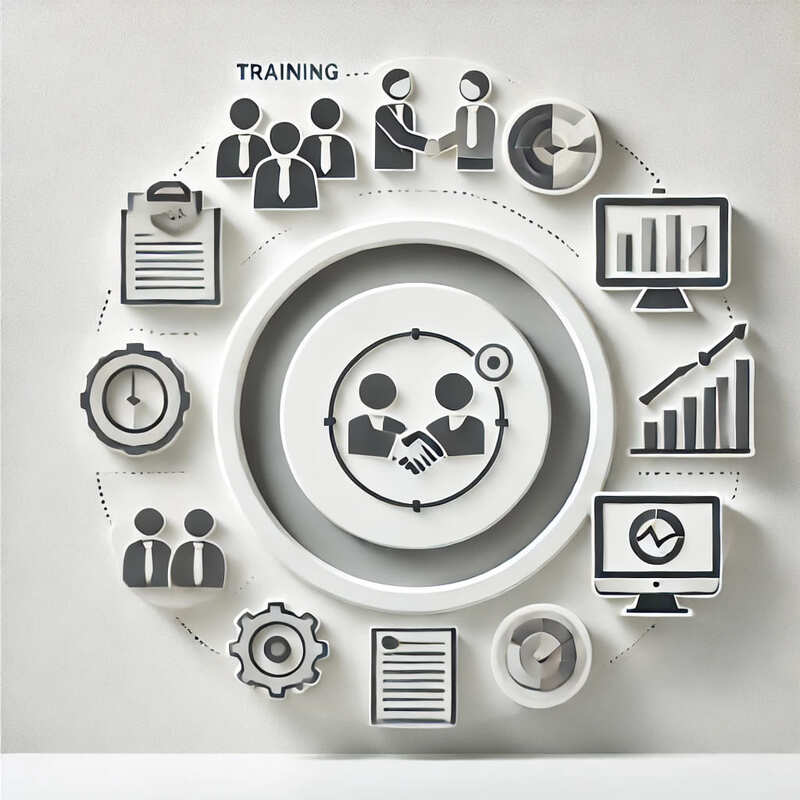Introduction
Accurate forecasting of sales and revenue is a linchpin for business success. It helps stakeholders anticipate cash flow, manage resources, and make informed decisions. In this guide, we explore the principles of marketing and sales forecasting, the tools and techniques available, and how to integrate marketing data for more accurate projections.
Principles of Marketing/Sales Forecasting
- Objective Setting: Before you delve into numbers and formulas, you must first determine what you’re hoping to achieve with your forecast. Whether it’s preparing for growth, planning budgets, or making operational adjustments, your objectives guide your forecasting efforts.
- Time Frame: Decide the time horizon for your forecast. Are you looking at the next quarter, the next year, or multiple years? The period influences the data you’ll use and the accuracy of your predictions.
- Data Selection: Utilize both qualitative and quantitative data, including past sales, market trends, and expert opinions, to make your forecast as reliable as possible.
Tools & Techniques
- Historical Method: This approach is simple but effective, primarily using past sales data to predict future revenue.
- Market Testing: Carrying out small-scale tests on a new product or service can provide real data for scaling forecasts.
- Trend Analysis: This involves studying market trends to predict how changes will impact future sales.
- Regression Analysis: This advanced statistical method takes into account multiple variables to forecast outcomes.
- Scenario Planning: This involves creating multiple forecasts based on different scenarios, from best-case to worst-case, to prepare for various outcomes.
Integrating Marketing Data for Accurate Forecasting
- Combining Metrics: Integrate marketing KPIs like customer acquisition costs, conversion rates, and customer lifetime value with sales data for a comprehensive outlook.
- Sentiment Analysis: Use social listening tools to gauge customer sentiment, providing additional qualitative data for your forecast.
- Marketing Campaign Effectiveness: Assess the ROI and effectiveness of past and current marketing campaigns to anticipate how future initiatives may impact sales.
- Seasonality and Events: Don’t forget to factor in the impact of seasonal trends and special events, which can dramatically affect sales and should be part of your marketing data analysis.
Conclusion
Sales and revenue forecasting is more than just a numbers game; it’s a strategic process that incorporates a variety of data points and methodologies to produce the most accurate predictions. Through the integration of marketing data and the use of diverse forecasting tools, businesses can equip themselves to navigate the unknown, make smarter decisions, and drive sustainable growth. By following these principles and using the right tools, you can create a sales and revenue forecast that is not only accurate but also invaluable for your business strategy.



